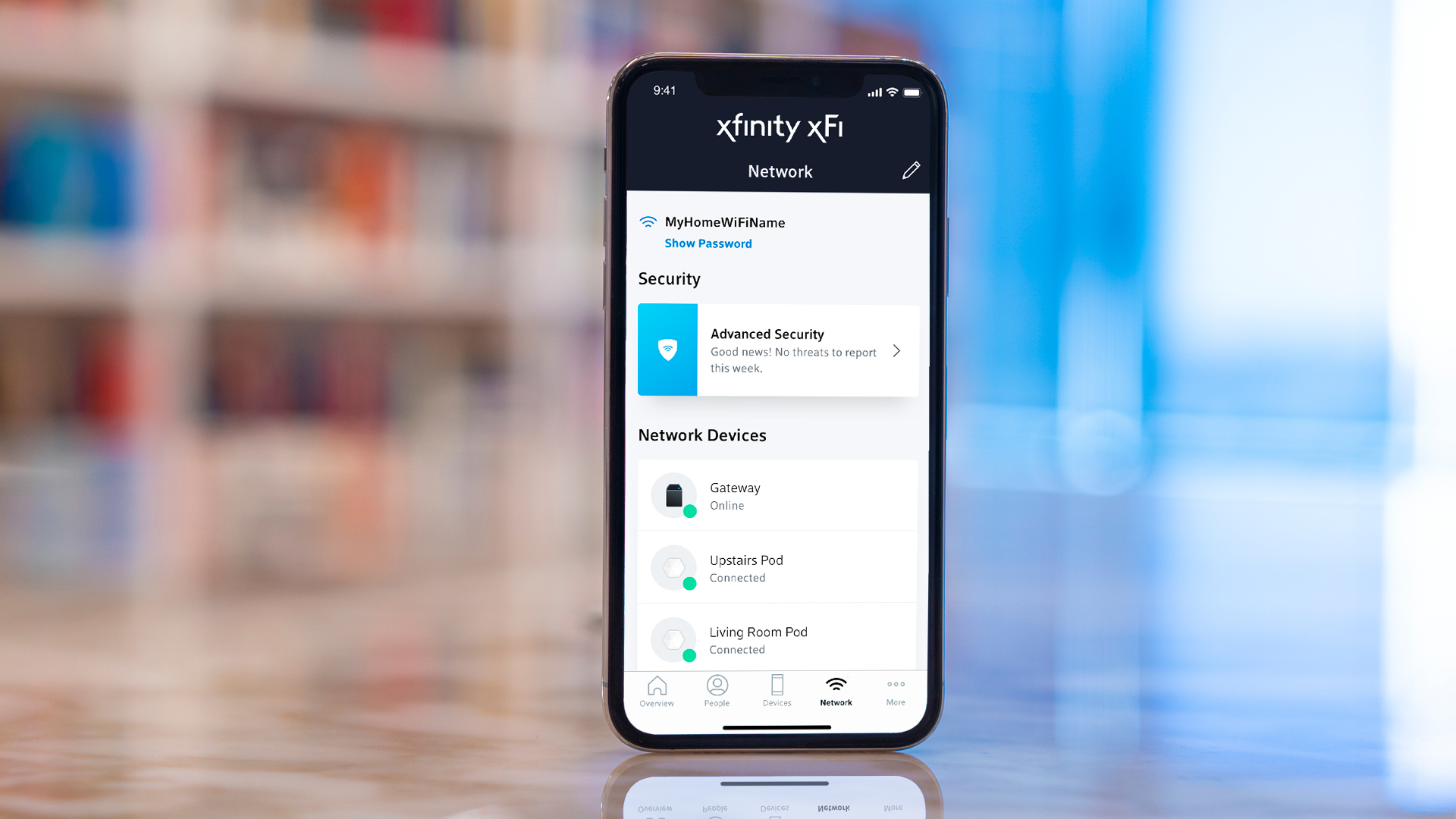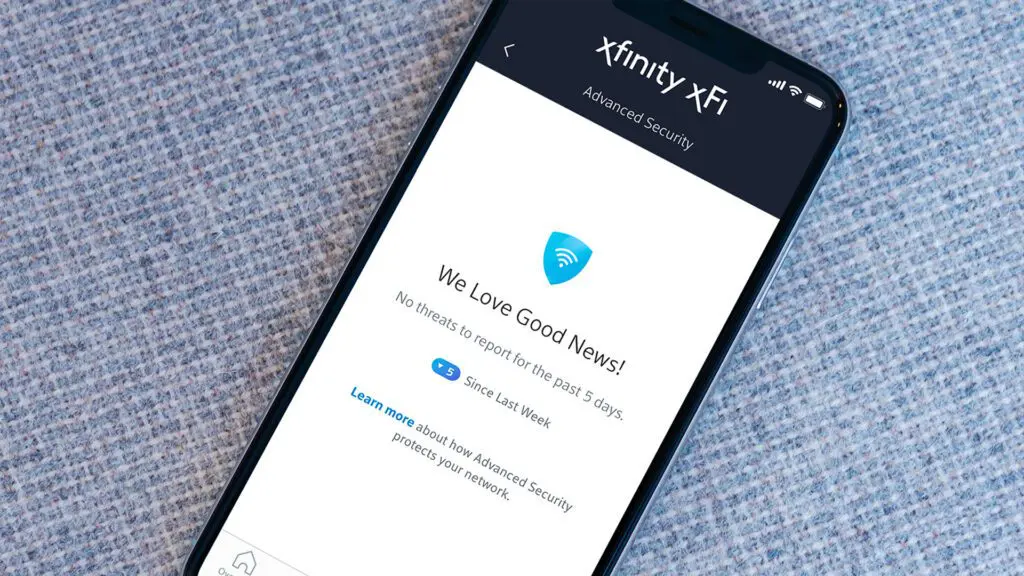5 Cyber Habits to Practice in 2023 to Safeguard Your Digital Information

As we continue to develop new habits and routines to set the tone for 2023, it is important that we analyze our old patterns to determine where we can improve. In addition to your physical, financial and social resolutions, taking stock of your cyber habits and making healthy changes to protect yourself online is a good idea.
According to Comcast’s Xfinity Cyber Health Report, 78% of Americans engage in risky online behaviors that leave them vulnerable to cyber threats. For example, many share or reuse passwords and ignore software updates, which gives bad actors plenty of opportunities to hack your personal and financial information.
Just as it is important that we take care of our physical health, it is important for each of us to maintain our cyber health,” said Kevin Taylor, Comcast cybersecurity fellow. “As we can see in the Comcast Cyber Health report, cyber criminals are busy trying to get access to consumers’ information and networks. A good cyber health plan includes good passwords, multifactor authentication and care when clicking links and visiting websites.”
A few simple measures can help protect you, your family and your business from potential scams and security breaches.
1. Beef up your passwords
Do you reuse passwords? You’re not the only one. According to Comcast’s Xfinity Cyber Health Report, 56% of Americans reused passwords across two or more platforms. Also, 18% used preset passwords for a new device instead of creating one during setup. While having a few passwords or variations can make it easier to log in to your devices and accounts, you’re leaving yourself open to network and device breaches.
Make sure you’re using strong, unique passwords. Avoid using generic passwords such as “qwerty12345,” which hackers can easily guess. Also, avoid using passwords with personal information that hackers can guess by searching social media. For example, don’t include your name, pet’s name, birth date, favorite sports team or the city where you were born in your passwords.
The strongest passwords are long and use a combination of letters, numbers and special characters. Passphrases — passwords made up of phrases or sentences (e.g., Penguins are the cutest animals at the zoo) — are a great way to enhance password security. Don’t forget to change your passwords regularly so any compromised credentials are useless to scammers.
2. Take advantage of multifactor authentication
Many accounts and devices now use multifactor authentication (MFA), an extra step that requires you to confirm your identity using two or three different factors. Typically, MFA will ask you something you know (a password or challenge question), something you have (such as a unique, time-sensitive code sent to your mobile phone or email) or something you are (such as a fingerprint or facial recognition).
When available, always enable MFA. It can provide an added layer of protection that makes it that much harder for bad actors to invade your digital life.
3. Keep your devices up to date
Do you dread the “system update required” message that pops up on your devices from time to time? They always seem to come at the worst possible time, such as when you’re in the middle of a work assignment, helping your kids with online schoolwork or paying bills.
Don’t ignore these notifications and leave them for another day. Firmware and system updates often include new security features or patches that are essential for device and network security.
An easy way to protect your devices is to enable the auto-update setting, which is available on many devices. By allowing your new and existing devices to update automatically, you can ensure you always have the latest security updates and firmware running.
4. Review your connected devices
On average, Xfinity households have 15 connected devices, with power users averaging as many as 35. With so many connected devices, it can be difficult to keep track. More often than not, your family bought new devices, connected them to the home network, and neglected to disconnect the old ones. However, just because you’re not using your older devices regularly (or at all) doesn’t mean they aren’t security threats.
To secure your home network and accounts, it’s a good idea to take an inventory of all your devices regularly. You can easily use your internet provider’s apps and tools to check which devices are currently connected in your home. Find the devices you no longer use and erase any personal information they may have before recycling them.
5. Read up on phishing
By educating yourself and your family on common phishing tactics, you can protect yourself from potential scams.
You may think you can easily spot a phishing scam, but according to the Xfinity report, only 39% of respondents said they could confidently explain what phishing is. Without knowing what it is and common tactics, you’re unlikely to be able to protect your household from scams. Also, many cybercriminals will impersonate a friend or family member or organizations such as banks or schools to get you to divulge sensitive information.
Phishing emails can be very convincing, but there are some common ways to identify them. Telltale signs of phishing include spelling errors in the subject line or email body, suspicious links or attachments within the email, tones of misplaced urgency, unfamiliar senders or slightly misspelled company names in the sender’s email address. If you have any doubts, reach out to the family, friend or organization the email is from to inquire about its legitimacy.
You have the power to protect your personal data online. By using these five tips, you can safeguard your devices and digital information in 2023 and beyond.
See more insights about the latest cyber threat trends in the Xfinity Cyber Health Report.
